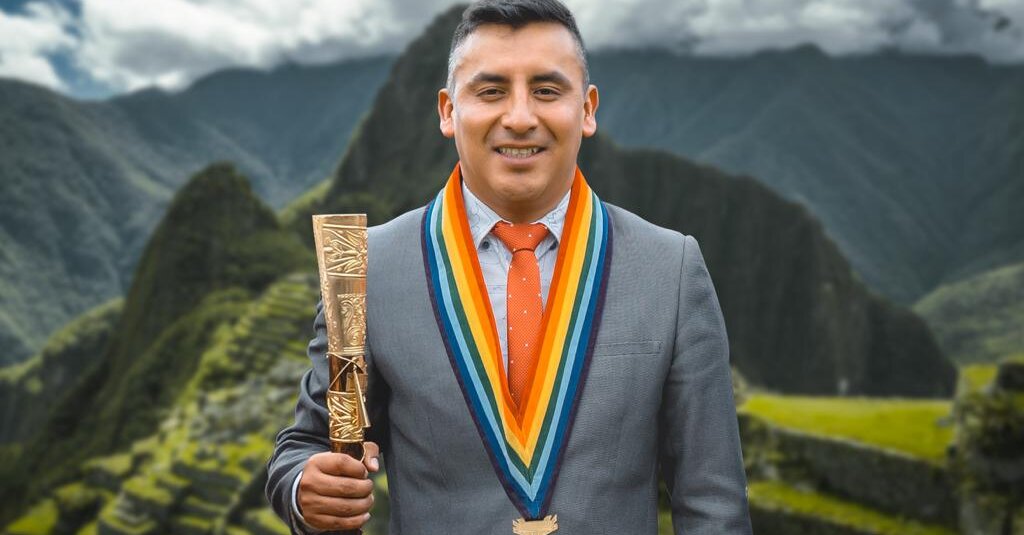Elvis Lexin La Torre Uñaccori knows quite well that a wonder of the world often creates a less-wondrous world of waste — he is the mayor of Machu Picchu Pueblo, the gateway village to the bucket-list destination in Peru that draws millions of visitors (and their trash) each year.
Mr. La Torre shared this expertise in waste and waste management in February, at a two-day summit he organized about environmental and infrastructural advances at the Inca citadel. To 99 mayors and other municipal leaders from across Peru, Mr. La Torre spoke about a plastic bottle compactor, a glass bottle pulverizer and a processor his village developed for hotel and restaurant food scraps.
But the main goal of the summit was larger than recycling and food waste initiatives; it was about disseminating effective practices for sustainable tourism across Peru, part of a national desire to fast-track tourism development of lesser-known archaeological sites and their local villages. In recent years, the country has engaged in a grass-roots effort to elevate its vast trove of archaeological sites that are often just as well preserved or culturally significant as Machu Picchu itself.
“Machu Picchu is a wonder seen by the world. We are fortunate. But there are many wonders in Peru waiting to be seen,” Mr. La Torre said.
Local leadership like that of Mr. La Torre has filled a power vacuum in Peru, which has had seven presidents since 2016 — all from different political parties. Violent protests after its last transfer of power, in December 2022, prompted a mass evacuation of tourists from Machu Picchu and a complete shutdown of the site for 21 days.
The importance of Machu Picchu and tourism overall to Peru’s economy is unquestionable. Madeleine Burns Vidaurrazaga, Peru’s vice minister of tourism, said the industry in 2019 accounted for $8.9 billion, or 3.9 percent of the country’s gross domestic product, and 1.5 million jobs.
Ms. Burns said the Peruvian government in 2023 raised its annual tourism budget to $100 million, about a 15 percent increase from $87 million last year, then dedicated an additional $144 million for tourism infrastructure, marketing, and support for artisans and businesses with fewer than 50 employees. In December, Ms. Burns plans to unveil a national campaign called “Peru al Natural” that will highlight Huascarán National Park and other “nature and adventure hot spots” and complement better-known sites like the Nazca Lines, the ancient…
Click Here to Read the Full Original Article at NYT > Travel…
